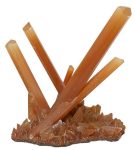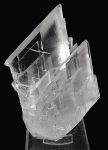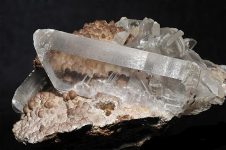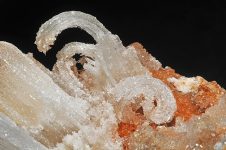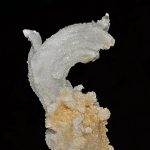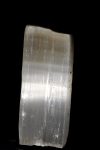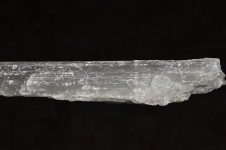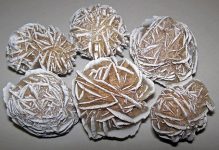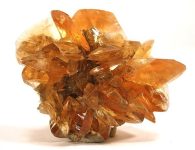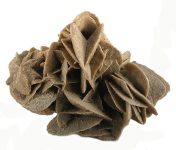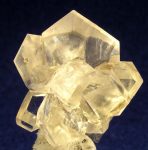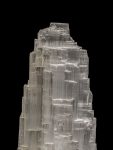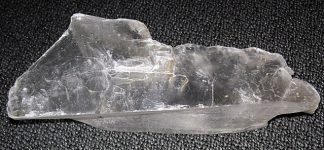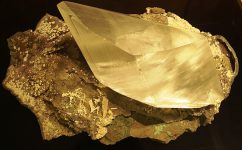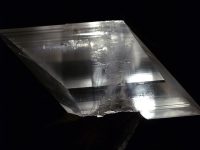Selenite
ABOUT SELENITE
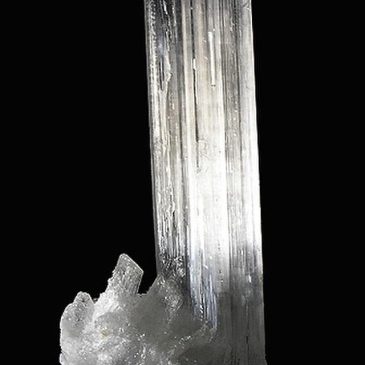
About: Selenite is a variety of the mineral gypsum, known for its clarity and luminous appearance. This translucent crystal has been admired and utilized for thousands of years, both for its physical beauty and its purported metaphysical properties. This guide provides an in-depth look at selenite’s characteristics, history, sources, uses, and significance.
Mining: Selenite is typically extracted through surface mining methods, as it often occurs near the Earth’s surface. The extraction process involves removing overburden, drilling, blasting, and transporting the mineral to processing facilities.
Processing: Extracted selenite is cleaned and sometimes cut or polished to enhance its natural beauty. For industrial uses, gypsum may be processed into powder form for use in construction materials.
CHARACTERISTICS
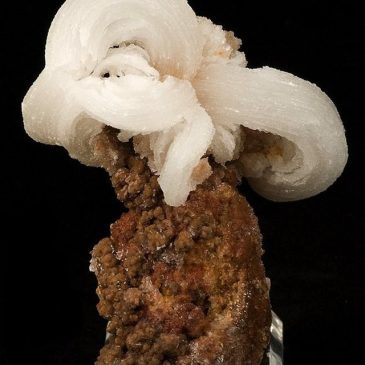
Color: Selenite is typically colorless or white but can exhibit shades of gray, green, brown, and yellow due to impurities.
Chemical Composition: Selenite is composed of calcium sulfate dihydrate (CaSO₄·2H₂O).
Density: Selenite has a density of about 2.3 g/cm³, making it relatively light.
Crystal Structure: Selenite crystallizes in the monoclinic system, often forming large, flat, tabular crystals. It can also occur in fibrous, columnar, and even massive forms.
Luster: Selenite exhibits a vitreous to pearly luster, giving it a soft, glowing appearance.
Hardness: Selenite has a Mohs hardness of 2, making it very soft and easily scratched with a fingernail.
Transparency: Selenite is typically transparent to translucent, allowing light to pass through its structure.
HISTORY AND LORE
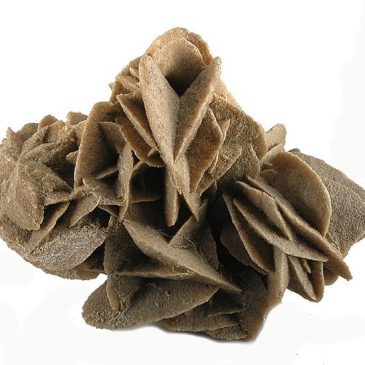
Ancient Civilizations: Selenite has been known since ancient times. The Greeks named it after “Selene,” the goddess of the moon, due to its moon-like glow. The ancient Egyptians used selenite for carving and as a window material in tombs and temples.
Middle Ages: During the Middle Ages, selenite was used in the construction of cathedrals, often as windows to allow soft light to filter through, creating a serene atmosphere.
Modern Era: Today, selenite is prized for its beauty and metaphysical properties. It is popular among mineral collectors and in holistic healing practices.
SOURCES
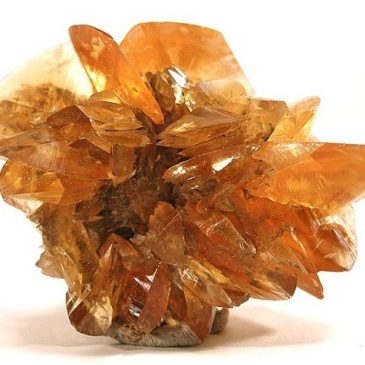
Geographical Locations: Major sources of selenite include Mexico, the United States (particularly Oklahoma), Morocco, Spain, and Brazil. The Naica Mine in Chihuahua, Mexico, is renowned for its massive selenite crystals, some of which are the largest in the world.
Geological Formation: Selenite forms in sedimentary environments, particularly in evaporite deposits where large bodies of water have evaporated, leaving behind minerals like gypsum. It can also form in volcanic regions and as a secondary mineral in hydrothermal veins.
USES
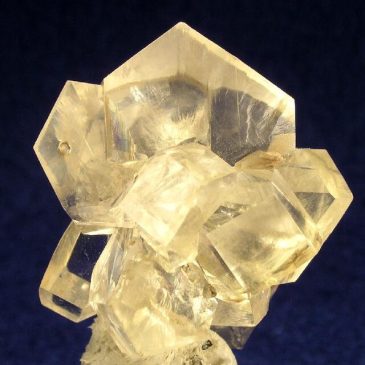
Industrial Applications: Selenite, as a variety of gypsum, has several industrial uses:
- Construction: Gypsum is a key ingredient in drywall, plaster, and cement. Selenite, in its massive form, can be used for ornamental stone and carvings.
- Agriculture: Gypsum is used as a soil conditioner to improve soil structure and fertility.
Decorative Uses: Selenite is popular for its aesthetic appeal. It is used in making lamps, candle holders, and various decorative items. Its translucent quality makes it a favorite for creating luminous displays.
Metaphysical Uses: In the metaphysical realm, selenite is believed to have various healing properties. It is thought to promote mental clarity, protect against negative energy, and enhance spiritual growth. Selenite wands are often used in energy healing practices.
Collecting: Selenite is a favorite among mineral collectors due to its beautiful crystal formations and variety of colors. Specimens from famous localities like the Naica Mine are highly prized.
CULTURAL AND SYMBOLISM
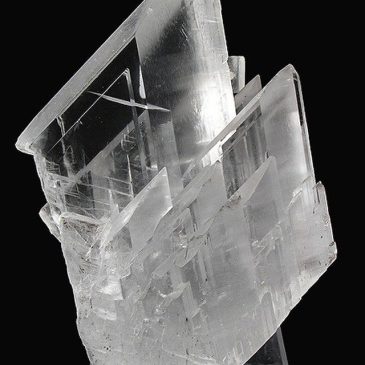
Symbol of Clarity: Selenite is often associated with clarity and purity. Its transparent nature symbolizes the clearing of mental and spiritual blockages.
Historical Usage: The use of selenite in ancient architecture and religious sites highlights its cultural and historical significance.
